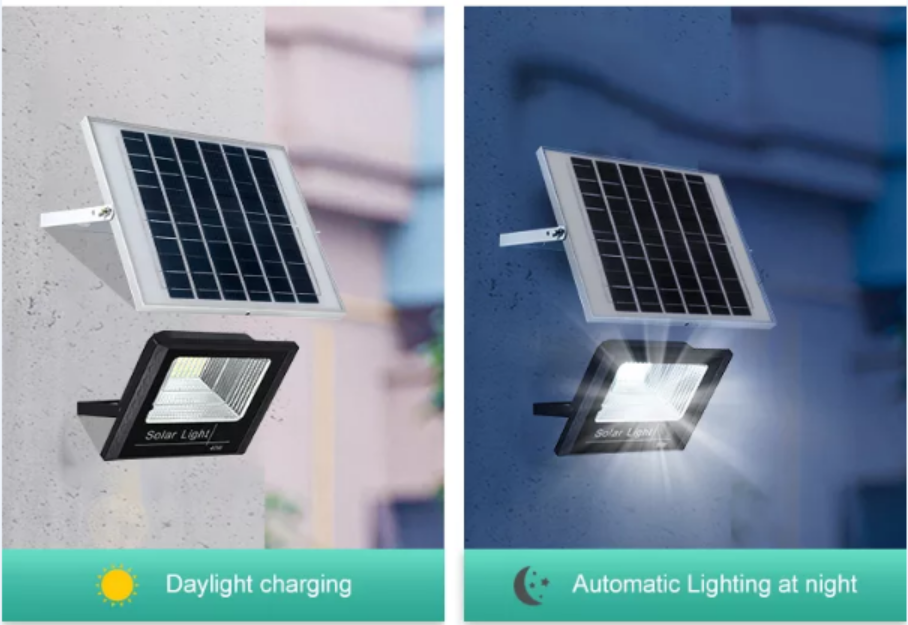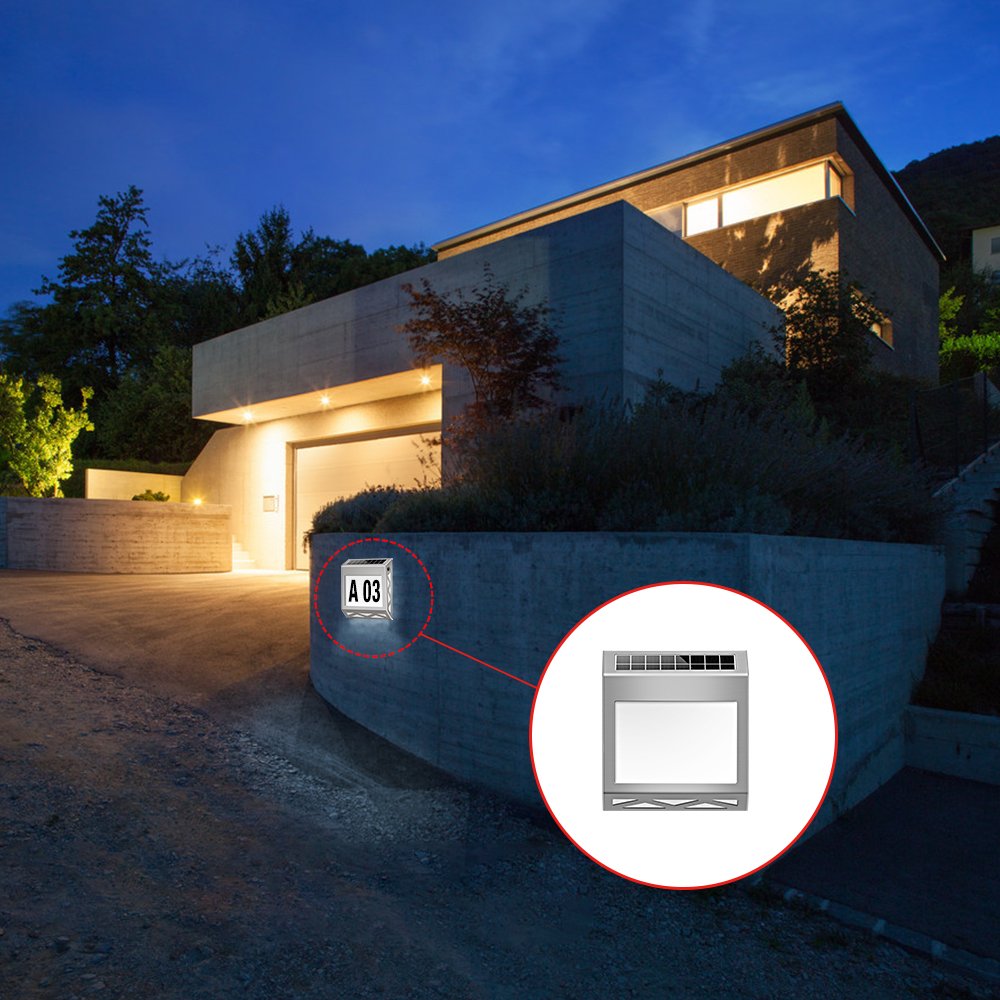LED plant to grow light is a kind of artificial light source with LED (light emitting diode) as the luminous body to meet the light conditions required for plant photosynthesis. By type, it belongs to the third generation of plant supplemental light fixtures!
In environments where there is a lack of daylight, these lamps can act as daylight so that plants can grow and develop normally or better.
This kind of light has the function of the tough root, boosting growth, regulating flowering period and color, promoting fruit ripening and coloring, and enhancing taste and quality!
Principle
The light environment is one of the indispensable physical environment factors for plant growth and development. It is a crucial technology in the field of facility cultivation to control plant morphology through light quality regulation. LED plant lights provide photosynthesis to plants, promote plant growth, shorten the time used for flowering and fruiting, and improve production! In modernization, it is an indispensable product for crops.

Features
As the fourth generation of new lighting sources, LED has many characteristics different from other electric light sources, which makes it the first choice for energy-saving and environmental protection light sources. LED plant light has the following features: rich wavelength types, which coincide with the spectral range of plant photosynthesis and light form construction. The spectral wave width is half wide and narrow, and pure monochromatic light and composite spectrum can be obtained according to the required combination. It is possible to concentrate the light of specific wavelengths and beam crops in a balanced manner. It not only regulates crop flowering and fruiting but also controls plant height and plant nutrient content. The system generates less heat, takes up less space, and can be used in a multi-layer cultivation stereo combination system, achieving low heat load and miniaturization of production space. In addition, its exceptional durability reduces operating costs. Due to these remarkable features, LED is well suited for plant cultivation in controlled facility environments, such as plant tissue culture, facility horticulture and factory nursery, and aerospace ecological protection systems.
Use
Organic farming is a kind of production without the use of chemically synthesized fertilizers, pesticides, growth regulators, genetic engineering, and ion radiation technology. Organic farming is an agricultural physical and biological method that follows the laws of nature to fertilize the soil and control pests and diseases. It is an agricultural production system to obtain safe organisms and their products.
Organic farming is not totally without fertilizer, but what can be used is organic fertilizer. Farmyard manure, mineral fertilizer, biofertilizer, etc. After high-temperature fermentation and harmless treatment. Based on this limitation of fertilization, the growth cycle of plants must be affected, and the most demand for the market appears to be in short supply, so shortening the production cycle is one of the ways.
LED plant lights that help shorten the growth cycle of plants. Because the light source of this light is mainly composed of red and blue light sources, These light sources are designed to allow plants to produce the best photosynthesis and get the best growth. Both experimental and practical applications have shown that, in addition to giving plants a supplement of light during the time of light deficiency, it also allows plants to promote the differentiation of more lateral branches and buds during the growth process. It accelerates the growth of roots, stems, and leaves, as well as the synthesis of carbohydrates and vitamins in plants, and shortens the growth cycle.
With the rapid increase in global demand for organic food, Vigorously developing organic farming is an opportunity for more and more producers.
Each plant needs a different light source, so be careful when choosing a led plant to grow lights, and condition them wisely to avoid problems such as plant burns. If you choose the wrong plant to crop light, not only does it not provide light to the plant, it may burn the growth.
Plants also need some resting time, so it is essential to use plant lamps correctly and turn them on at the right time. In addition, reflectors are especially important for providing light refraction. There is also the issue of distance. Different kinds of plants have unusual requirements on the distance between the light and the plant to ensure proper growth.





